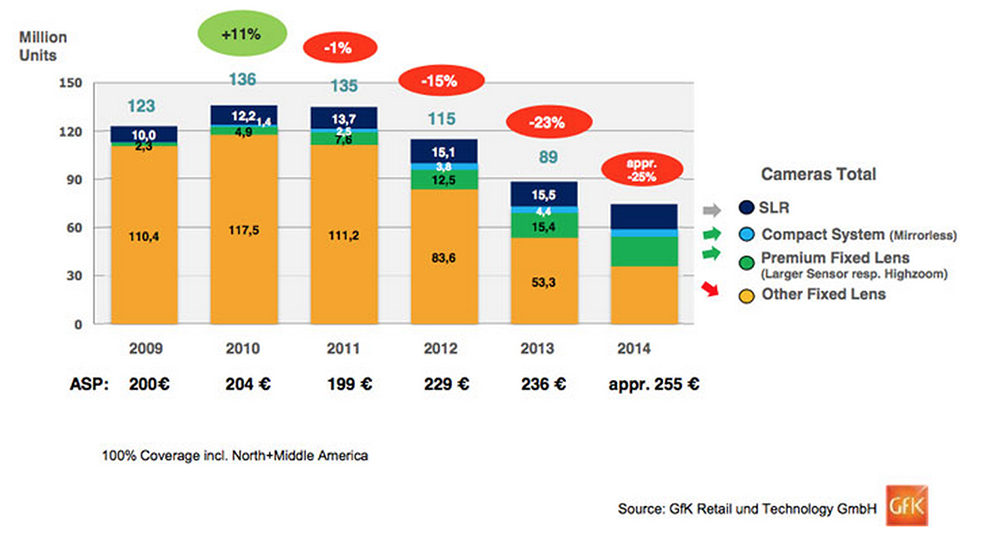It is made by Sony Australia division. Here's the youtube channel that they closed, but it still links to sony.com.auIf that video is made by Sony...
https://www.youtube.com/user/dslrgearnoidea
More about this campaign: Sony Australia's Hilarious Ad Campaign Pokes Fun at DSLR Users - Funny or Offensive?
No need to blame either Sony or Sigma for not comforting your photography needs. There are plenty of other options, brands that will happily take your hard earned $$$.
I'm as well as mjm6 concerned about absence of a modern camera with an OVF of a similar or better magnification, brightness, focusing snap than the one in a850/a900

